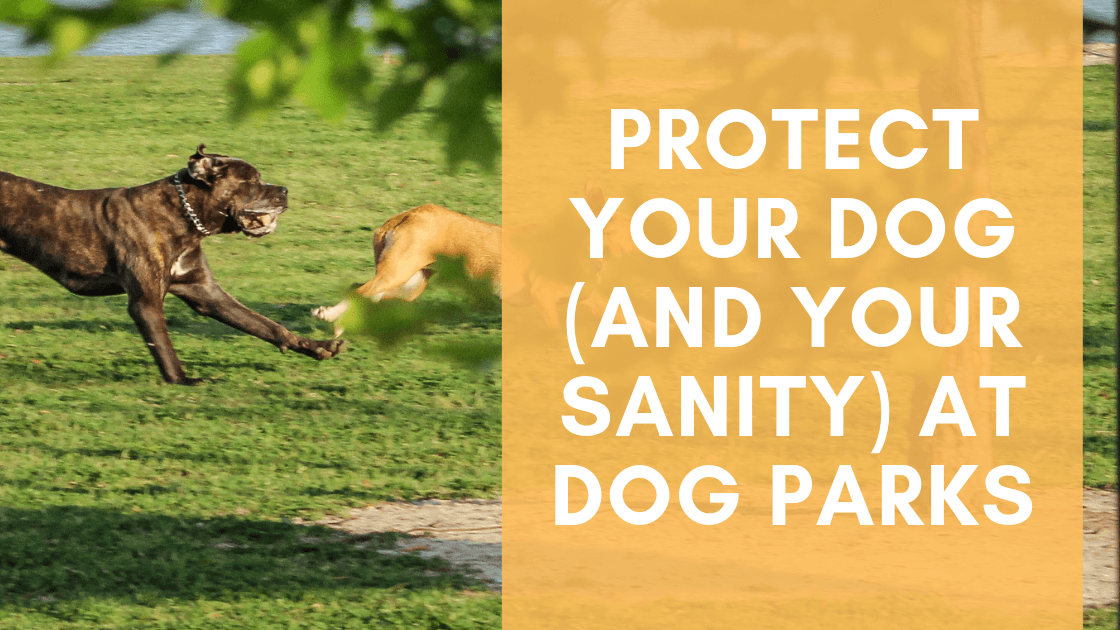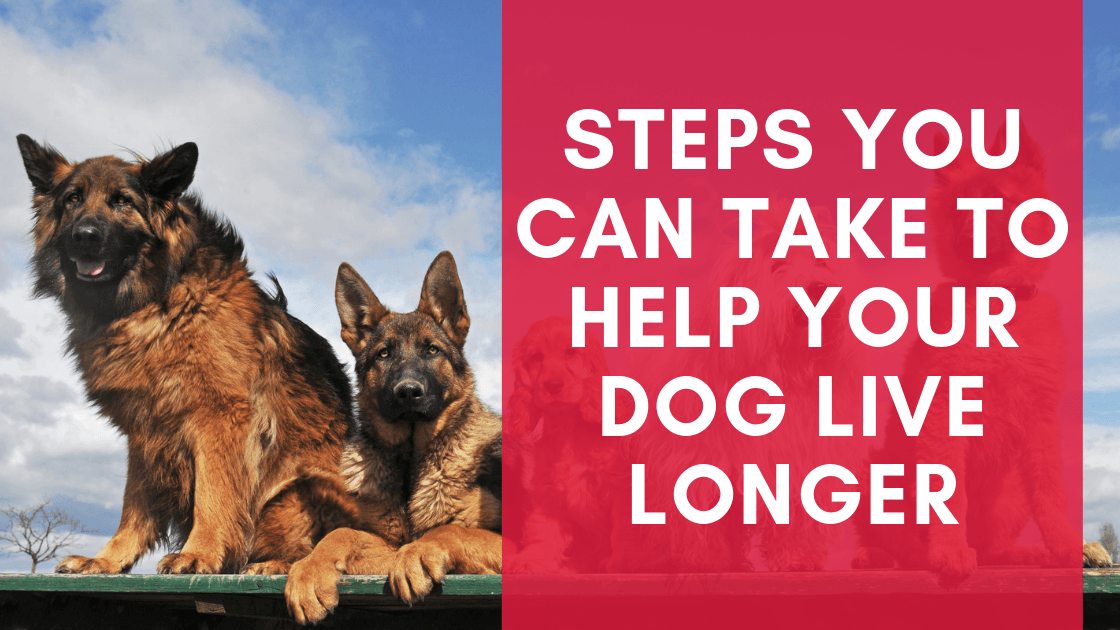You are generally in tune with your dog’s day-to-day energy levels and personality. Maybe he races around your house first thing in the morning, loves chasing squirrels in the yard or brings the tennis ball to you over and over (and over and over). So when his liveliness slows down and he seems less interested in his routine, it can be a cause for concern.
What is hypothyroidism?
One common explanation for his lethargy might be hypothyroidism. This is when the thyroid glands in his throat are underactive and don’t produce enough thyroid hormone. Thyroid glands regulate the body’s metabolism by producing a number of hormones, including two that are necessary for a normal metabolism.
Most cases of hypothyroidism – 95 percent, in fact – are caused by the dog’s own immune system attacking his thyroid gland’s cells. It isn’t life-threatening, but when left untreated, it will negatively affect his quality of life.
Which dogs can have it?
Hypothyroidism is more common in medium to large dogs than in toy to small dogs. It does not discriminate between males and females, though neutered males and spayed females are more prone to it than unneutered and unspayed. Veterinarians are unsure why this is.
Breeds predisposed to hypothyroidism include:
- Labrador and Golden retrievers
- Doberman pinschers
- Airedale terriers
- Greyhounds
- Great Danes
- Boxers
- Cocker spaniels
- English sheepdogs
- Irish setters
What are the symptoms?
The most common symptoms of hypothyroidism are mental dullness and a lack of energy.
Other symptoms can include:
- Depression
- Anxiety
- Weight gain without an increase in appetite
- Flaky skin
- Hair loss
- A new low tolerance for cold temperatures
Most dogs develop this in middle age, between ages 4 and 10. One you detect any of the above symptoms, make an appointment with your vet for her to take a look for herself. It’s easy to diagnose with a blood test checking the level of several thyroid hormones, the most common test looking at T4.
What is the treatment?
Your dog is likely to respond well in a relatively short time period to a combination of prescription drugs and an adjusted diet. The typical drug treatment is levothyroxine, with your pooch’s blood tested periodically during regular vet visits to see if the dose needs to be adjusted. The drug is usually given orally twice daily, and he will be on the medication for the rest of his life.
Check your dog’s coat routinely for any changes, and regular interaction with him through training and playtime will keep you familiar with his level of energy.
Other articles related to the health of your dog



